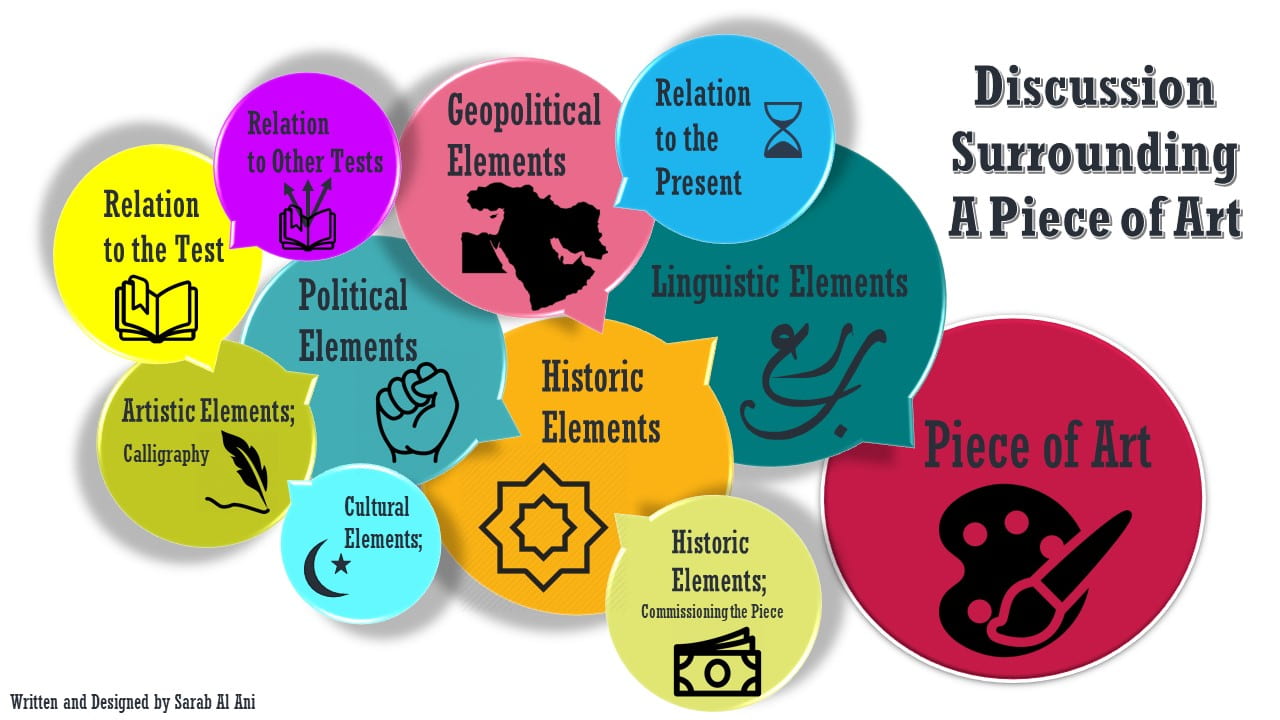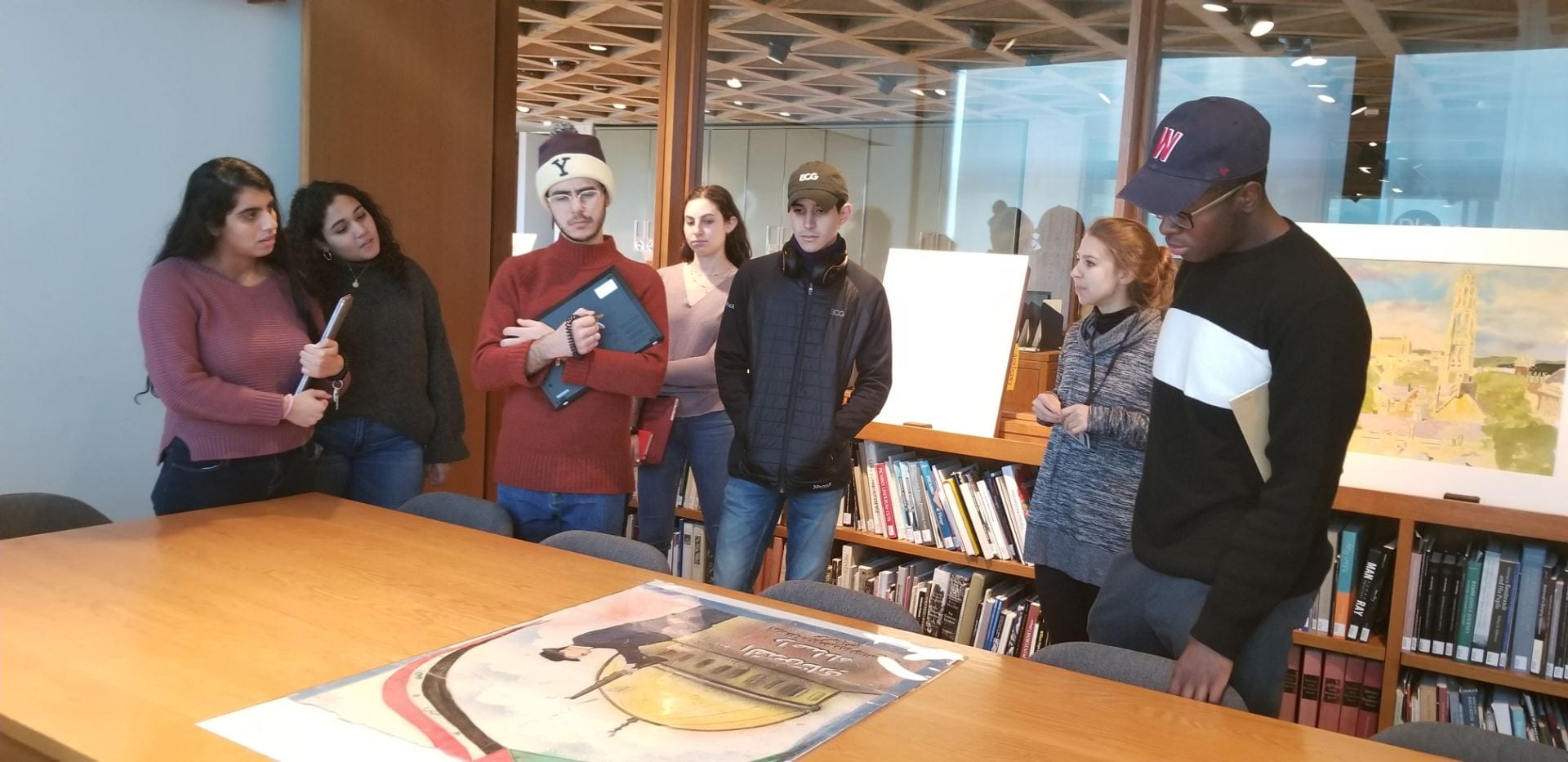The problem of the twenty-first century is the problem of the image, according to cultural theorist W.J.T. Mitchell (1995). The power of the visual, he states, is greater than ever before, and the “pictorial turn” replaced the “linguistic turn” in the study of culture. But what does that mean for language educators?
For language educators to cope with this cultural turn that has affected information processing caused by continuous bombardment with visual elements, they too need to shift their teaching methods and take advantage of this resource. In their teaching, language educators need to help learners move “beyond the traditional comprehension strategies” which “will help expand the perspectives and strategies readers may draw on to be fully literate when shifting from a word-dominated typographic era to a post-typographic era dominated by the visual images and multi-modal texts” (Liu, 2013, p.1262)
With hopes to help my students move “beyond the traditional comprehension strategies” I planned for my class of Modern Arabic Political Thought to visit the Yale Art Gallery. This is a class that offers a comprehensive introduction to selected original writings of the works of some of the most influential contemporary leaders, politicians and scholars who had great contributions in shaping contemporary intellectual trends in political theory/philosophy in the Arab world. And it does so in Arabic (Modern Standard). Our visit to The Yale Art gallery was meant to help students explore an original piece of art that features one of said influential figures after having read his work.
With these hopes came some doubts as to the extent to which conversation can expand upon discussing a work of art. Therefore, I decided to keep track of the discussion and write down the key elements that students were discussing. This is the list:
- Linguistic elements (vocabulary, structures)
- Historic elements depicted in the piece
- Historic elements related to commissioning the piece
- Geopolitical elements (countries depicted in the piece)
- Political elements.
- Artistic elements (calligraphy)
- Cultural elements through the depiction of: Colors, Clothing, Tools and Symbols.
- Relation to the text (similarities and differences)
- Relation to other texts.
- Relation to present time.

Going back to the rough draft of the list and re-writing it in an orderly fashion, made all these doubts vanish as I could see for myself the width and the depth of the conversation that took place during that visit.
Thank you to the Yale Art Gallery for giving us with this opportunity!
Consulted Resources:
Mitchell, W. J. (1995). Picture Theory: Essays on Verbal and Visual Representation. Chicago: University of Chicago Press.
Liu, J. (2013). Visual Images Interpretive Strategies in Multimodal Texts. Journal of Language Teaching & Research, 4(6).
